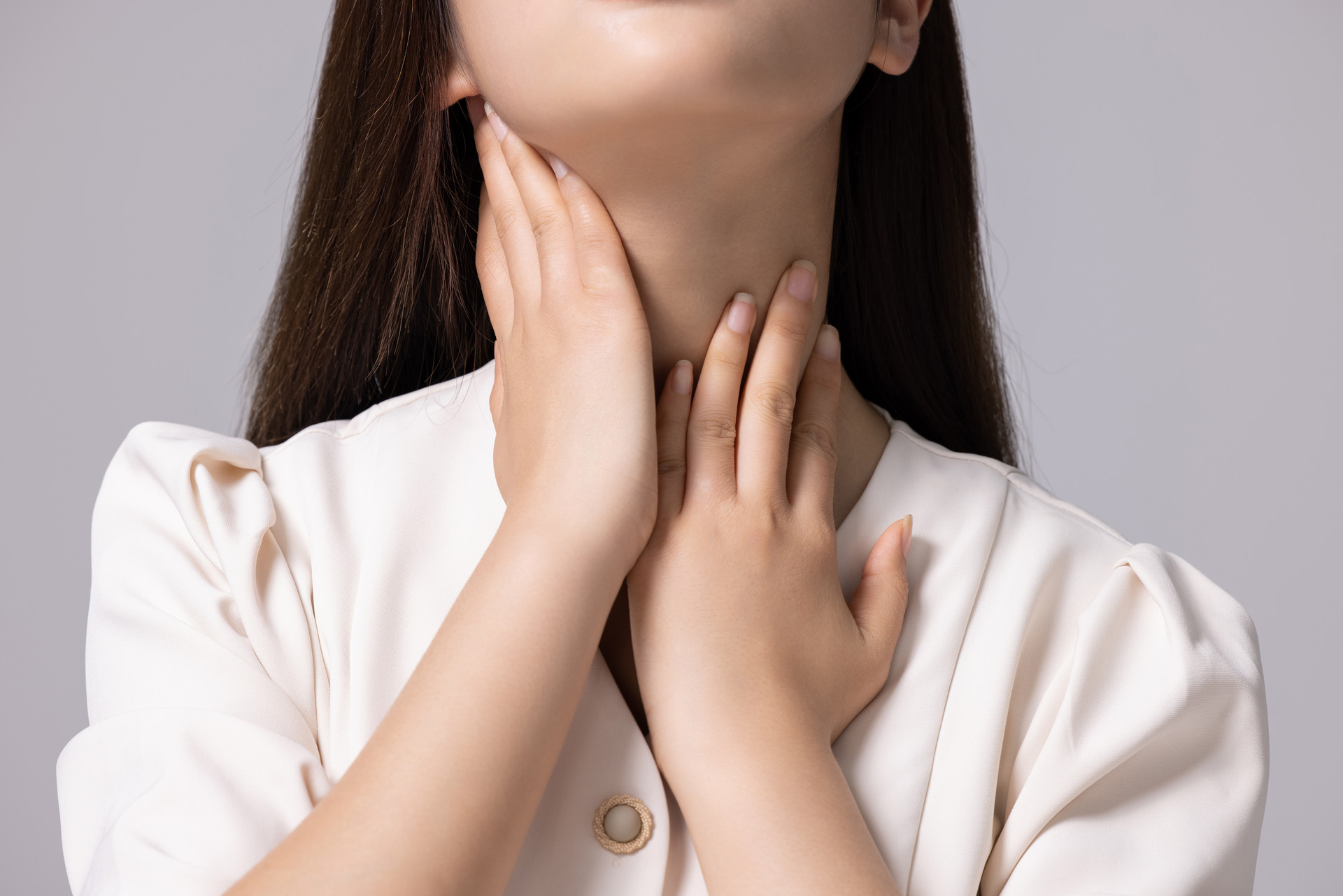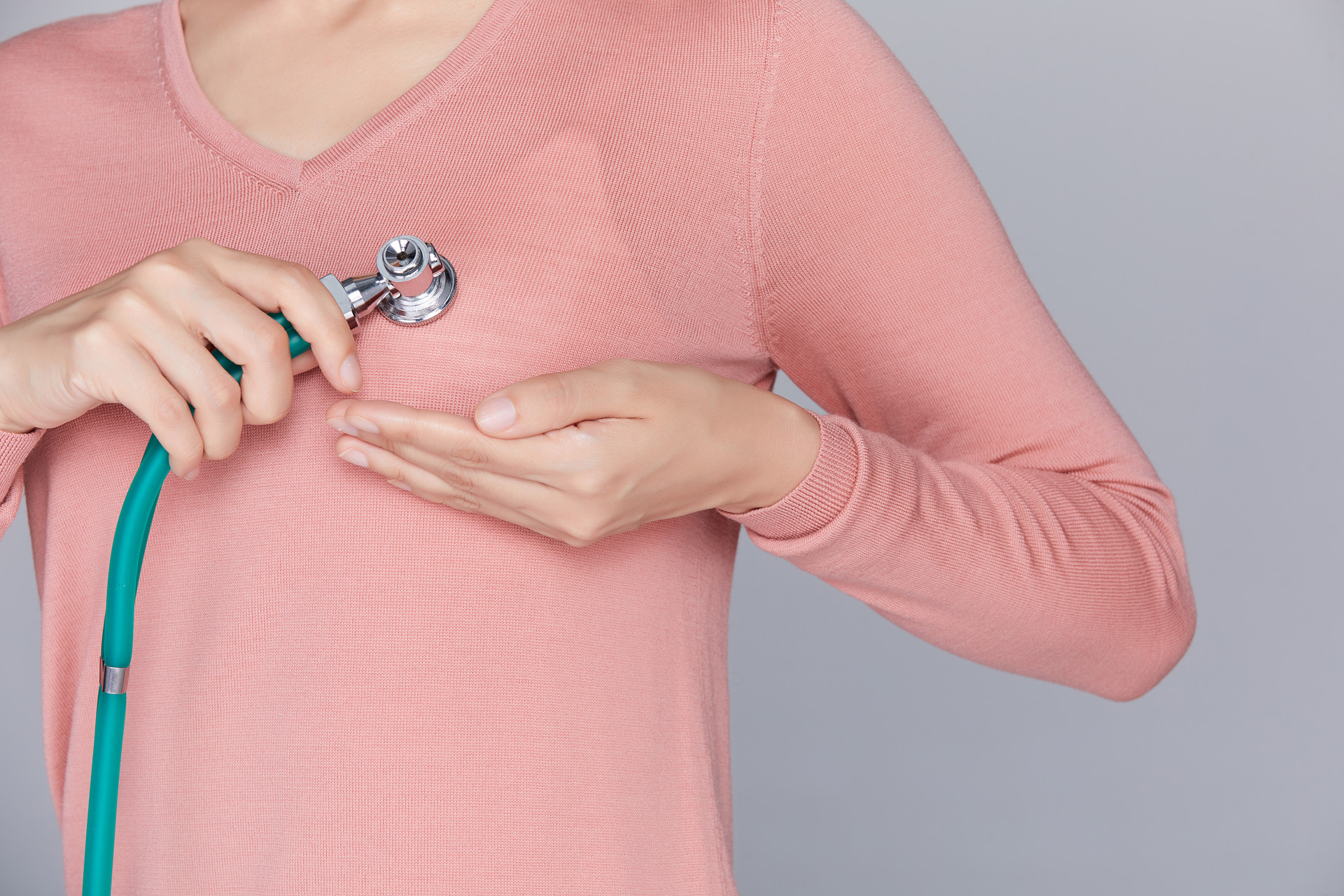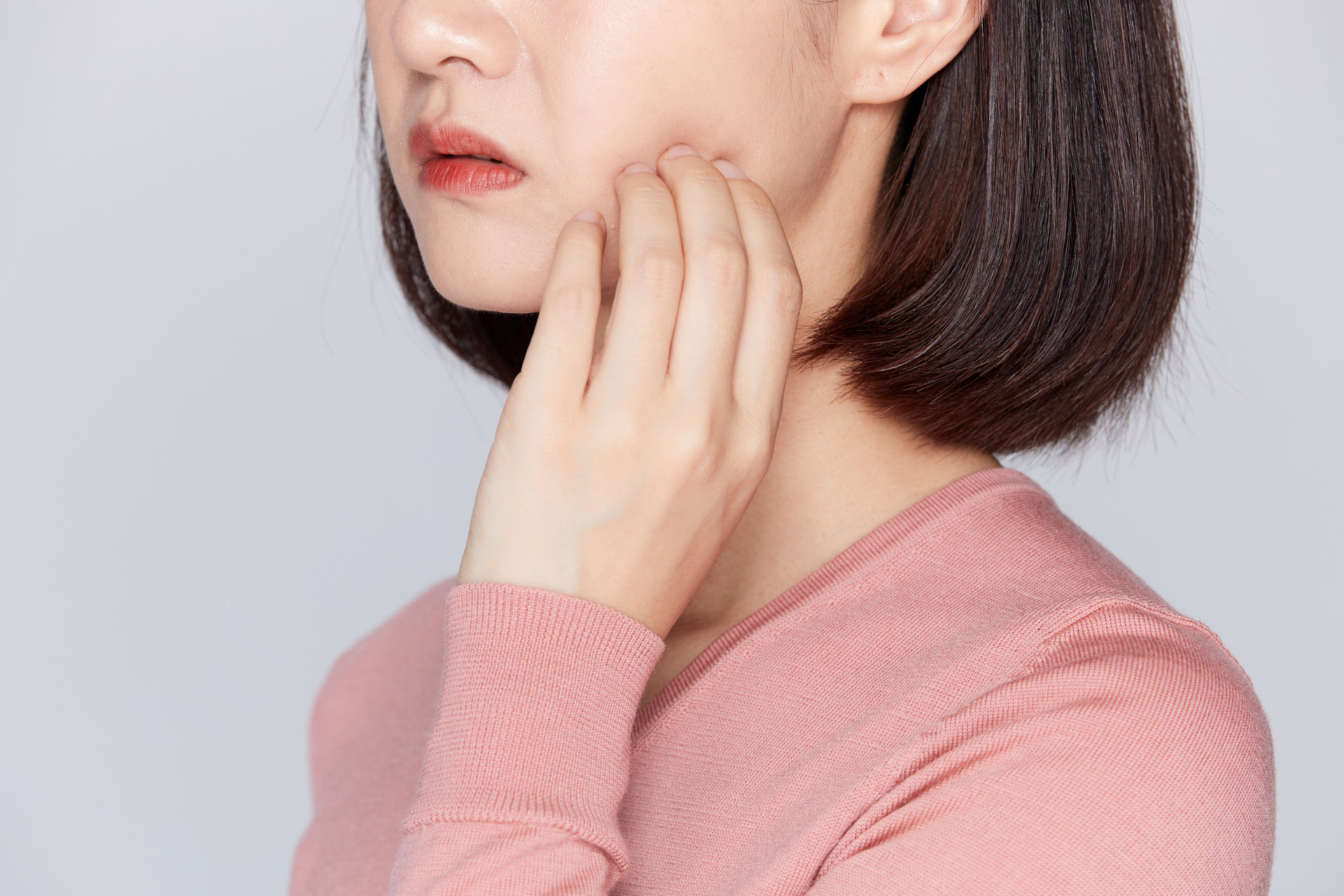The basic movements of yoga
March 21, 2023
Yoga differs from general gongfu in that there are not as many rapid, powerful, repetitive muscle movements. Yoga theory states that the health of the body requires a complete rather than a fragmented approach. Other exercises that focus on one area of stimulation are not reliable. You can truly appreciate the uniqueness of yoga's holistic approach to health when you really get into learning the asanas. Below, you will find the basic movements that you need to master to get started in yoga.
Resting and relaxing
Yes, this action is to close your eyes and lie down, so that the whole body is relaxed, if you move your arms and legs, to be more comfortable. Of course, this does not mean that you just fall asleep. You need to focus your attention on your legs, put your mind on your feet, be careful not to tense up, slowly bring your mind to the ankle and calf, and consciously relax these parts. Then slowly bring your mind to every part of your body and let your whole body be in a state of extreme relaxation. Hold for about half a minute and then you can do the movement training.
Lotus Sitting
The movement of lotus sitting can make your knees, ankles and feet are in a flexible and supple state, which is conducive to carrying out more difficult movements and asana exercises after the warp, and can also prevent knee and ankle injuries. To start the practice you can first try half lotus sitting, first the right foot on two or three minutes after switching legs to continue to contact. In about two weeks you will be able to find that the lotus sitting can also try to complete.
Complete breathing
Yoga has an extremely important element of dependence on the breath. This is because the life-sustaining element preached in yoga is this life-giving breath. Complete breathing is different from deep breathing in that it is done in such a way that the entire lungs are filled with air. When practicing complete breathing, you can take any cross-legged position that you are comfortable with and practice your abdominal muscles in preparation for complete breathing.
Now you can slowly exhale through your nostrils until your abdomen contracts until the air has been completely evacuated, and then, slowly inhale while expanding your abdomen. As you repeat the movement, slowly lift your shoulders as high as you can while taking care to expand your chest so that the air fills your entire lungs. The next step is to just repeat the exercise.
Chest Expansion
This movement is mainly to move your back and arms, waist and abdomen and other places, both to help open the body, but also to achieve a good effect of increasing lung capacity, eliminate shoulder and back fatigue.
1, first two heels together, two arms naturally hanging on both sides of the body. Slowly raise both hands and stick them to the chest. Then straighten both arms slowly forward, with a distinct sense of straightening at both elbows.
2, and then slowly move both arms flat to the back, try to keep the arms at the same height as the shoulders. Then lower your arms and cross your arms. Do not lean your upper body forward. The action please do as you can, two hands crossed if you can not lift too high, do not force.
3, slowly lean your body back to your own tolerance, lean back in the process of looking up. Both knees should be straight, hold the action for about 5 seconds, then slowly lean the upper body forward, bending the body to drive the arms over the back. Relax your neck and keep it for ten seconds. Then return to the starting position is good.
Prayer Pose
This pose establishes a state of mental focus and serenity in preparation for the exercises to be done.
1. Stand on the front of the mat in the mountain standing position.
2、Gently close your palms, fingers together, elbows naturally bent, and place them in front of your chest at about forty-five degrees, in a joint salute.
3、When the palms together, eyes down gaze at the fingertips of the palms together, can cohesion of the mind, to exclude delusions.
4, try to relax, let the breath sink down, in order to achieve the effect of gradual stabilization.
Arm extension pose (arms raised upward)
This asana is simple, but it stretches the abdominal organs, eliminates excess fat and improves digestion, and exercises the arm and shoulder muscles. It strengthens the spinal nerve and opens up the lung lobes.
How to do it: Raise the upper arms upwards over the head, with the arms shoulder-width apart. Tilt your head and upper body slightly toward the back. Inhale as you raise your arms upward.
Yoga breathing methods and the essentials
Abdominal breathing
Abdominal breathing is the most commonly used yoga breathing method, which relies on the contraction and expansion of the abdomen to raise and lower the diaphragm, allowing a large amount of oxygen to enter the lungs while expelling the exhaust gas from the lungs.
Breathing methods.
1, kneeling on the mat, the right hand on the abdomen, inhalation with the nose to inhale air deeply into the bottom of the lungs. As the inhalation deepens, the diaphragm between the chest and abdomen follows the descent, feeling the small abdomen like a balloon bulging outward.
2, exhale, the abdomen towards the spine tightened, the diaphragm will naturally rise, the lungs will also be expelled with the exhaust gas.
Chest breathing
Chest breathing helps to increase the vitality and endurance of the chest, enhances oxygen supply and allows the oxidation of blood in the body.
Breathing methods.
1. Sitting on your knees on a mat, place your right hand on your chest and slowly draw air into the entire chest area through your nose, feeling your rib cage expand outward and lift upward.
2, inhale, tighten the abdomen, feel the belly is slowly approaching the direction of the spine.
3、Exhale, the abdomen gradually bulge, slowly exhale the body's waste gas out of the body, the rib cage back down and inward.
Shoulder breathing
Shoulder breathing, also known as clavicular breathing, is the final step in chest expansion and can be seen as a continuation of chest breathing.
Breathing method.
1. Place one hand gently on the collarbone (directing attention to the chest).
2、Sit on your knees on a mat and take several chest breaths, then shrug your shoulders and collarbone slightly upward and inhale hard.
3、Hold your breath for a while, then exhale slowly, relaxing your shoulders and collarbone first, then relaxing your chest, while expelling the waste gas from your body.
What to pay attention to when practicing yoga
1、Everyone's flexibility, endurance and learning ability are different. When practicing yoga, you should follow your personal physical ability and learn according to your ability, and follow the guidance of your instructor.
If you can't use the correct breathing, the effect will be greatly reduced and the progress of learning will be hindered.
3、Some yoga breathing and asanas can put a load or stress on the body, causing injury and discomfort. Therefore, please consult your doctor before practicing yoga, and inform your instructor of your health status before class so that you can make appropriate follow-up and guidance.
4、When doing top down pose, people with high blood pressure, low blood pressure, people with head injury, people with dizziness, people with heart failure should not do it, and menstruating women should not do it to avoid the danger of head congestion.
5、Practice yoga should be dressed as simple and comfortable as possible, professional yoga clothing is recommended, and take off your watch, belt or other ornaments.
 Pillow Yoga: Unwind and Enhance Sleep with Bedtime Yoga Routine
Pillow Yoga: Unwind and Enhance Sleep with Bedtime Yoga Routine Unlocking the Benefits: Learning Yoga on Your Own and Improving Flexibility
Unlocking the Benefits: Learning Yoga on Your Own and Improving Flexibility Enhancing the Bust: Yoga Poses, Benefits, and Foods
Enhancing the Bust: Yoga Poses, Benefits, and Foods The Unique Principles of Yoga for Weight Loss and Overall Well-being
The Unique Principles of Yoga for Weight Loss and Overall Well-being The Benefits of Prenatal Yoga for Expectant Mothers
The Benefits of Prenatal Yoga for Expectant Mothers
 1Yoga for the Cervical Spine: Benefits, Risks, and Protection
1Yoga for the Cervical Spine: Benefits, Risks, and Protection 2Exercises to Avoid for Children's Growth and Development
2Exercises to Avoid for Children's Growth and Development 3The Impact of Cycling on Health: Key Considerations for Non-Professionals
3The Impact of Cycling on Health: Key Considerations for Non-Professionals 4The Effectiveness of Knee Braces: When and How to Use Them
4The Effectiveness of Knee Braces: When and How to Use Them 5Is it good to exercise in winter
5Is it good to exercise in winter
